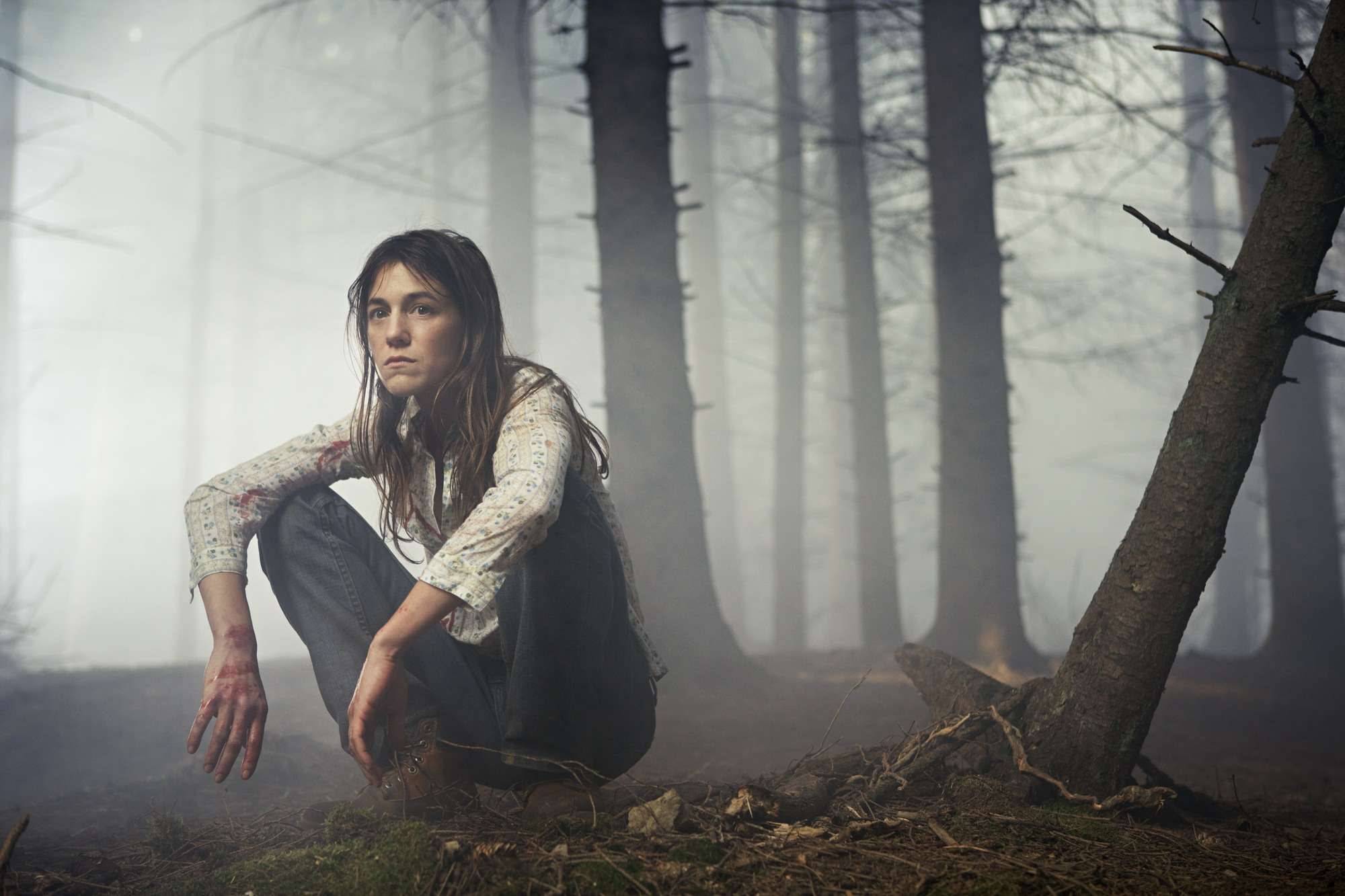
Andrei Tarkovsky was a poet of cinema who was famous for his techniques, his use of long takes, slow dollies, atmospheric use of elements, and legendary theories about cinema as sacrifice and cinema as sculpting in time. He was also one of the directors who most successfully integrated cinema and philosophy.
His style, made of slowness, transcendence (originating from the contemplation of nature and the spirituality of landscape), meditative use of editing, and camera angles and soundscapes, has been a source of inspiration for countless filmmakers from all continents.
Tarkovsky, at once filmmaker, sculptor, painter, poet, philosopher, is one of the fathers of modern intellectual cinema, and of modern cinema in general.
1. The Nine Muses (John Akomfrah, 2010)
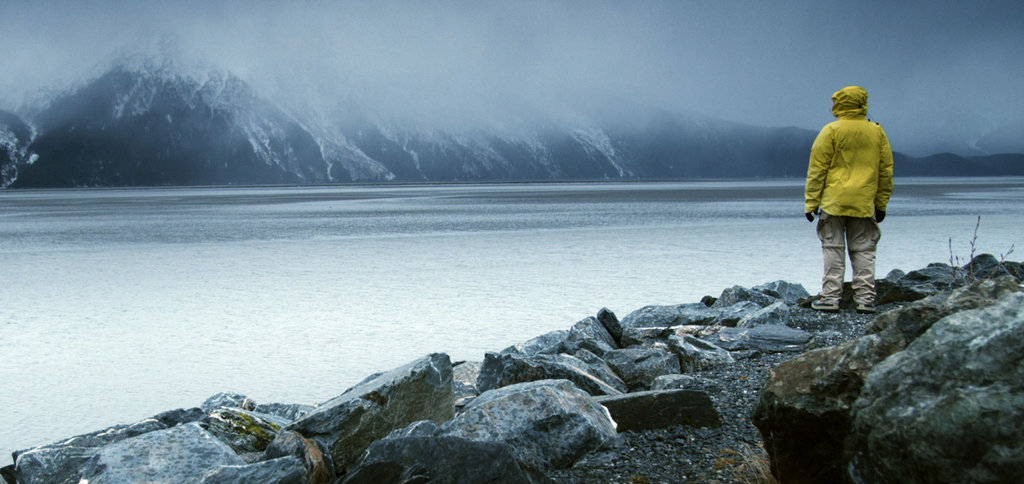
The film is the son of Tarkovsky, Homer and postmodernism. Akomfrah evokes the epic story of immigration, with particular attention to the British experience through references to Western literature and the use of archival footage of snowy landscapes.
The intense close-ups and the use of black and white photography and long takes have a clear origin. And as always in a Tarkovskian film, there is the moment when through nature, we approach the sublime, and it is the moment when we witness a snowstorm that shakes a tree, with the fury and the beauty of nature, and the hardships and pleasures of human existence.
2. Hard to Be a God (Aleksei German, 2013)
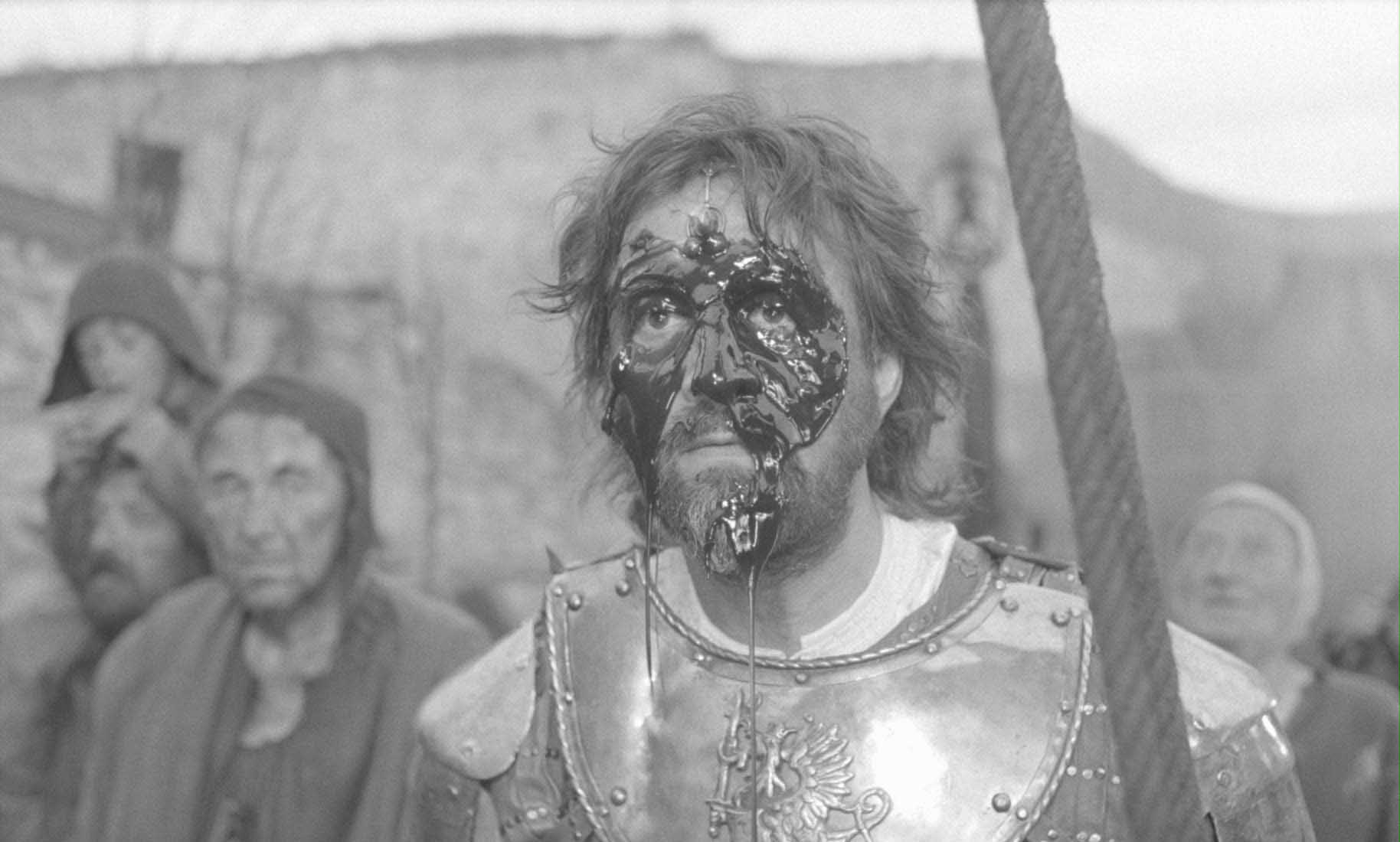
The closest film to Tarkovsky’s “Stalker”, for the incredibly muscular and titanic science fiction themes, and the complex structure and majestic visionary power, is “Hard to Be a God” by Aleksei German.
Both films are an adaption from the novels of the Strugatsky brothers, both feature scientists in a main role, and both show a deep philosophical meditation about the nature of mankind. Both films have a monumental and slightly mad sense to them, and are masterpieces of Russian cinema.
3. Behemoth (Zhao Liang, 2015)
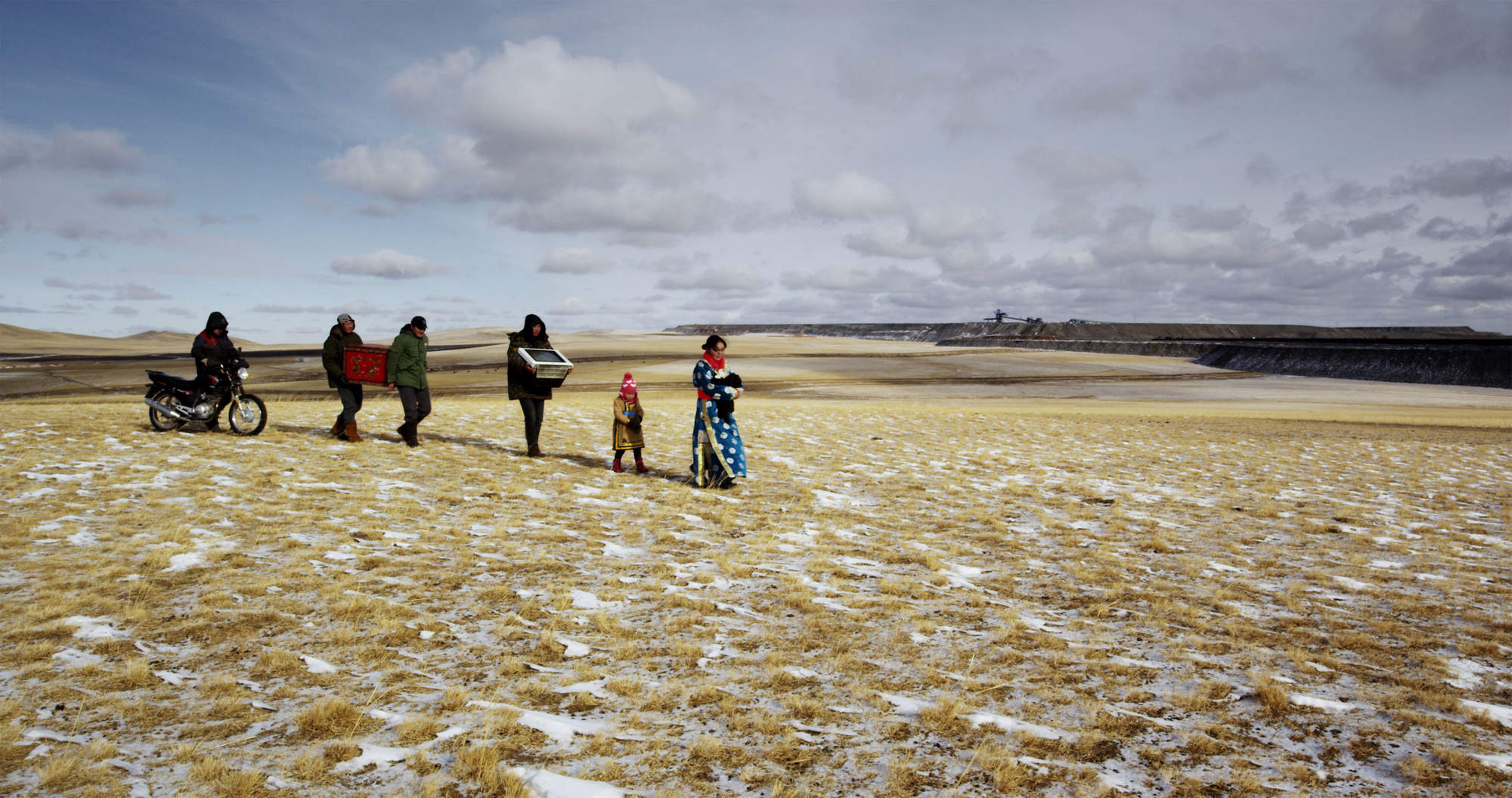
Zhao Liang fused the visual style of neorealist and social Chinese cinema of the 21st century with abstract imagery and Tarkovskian influences, particularly in how the metaphor of the mirror evokes one of the Russian master’s best films. The films also share the same scope and interests, in how they try to represent the history of an entire population.
“Behemoth” is a film that is on the side of the poorest, most defenseless people, which tries to reach ethereal truths through the observation of the gigantic mines, the statues, the demon that is the government, and the smallness of the individual when confronted with the real manifestation of power. “Behemoth” is the look for abstraction through brutalism.
4. Kaili Blues (Gan Bi, 2015)
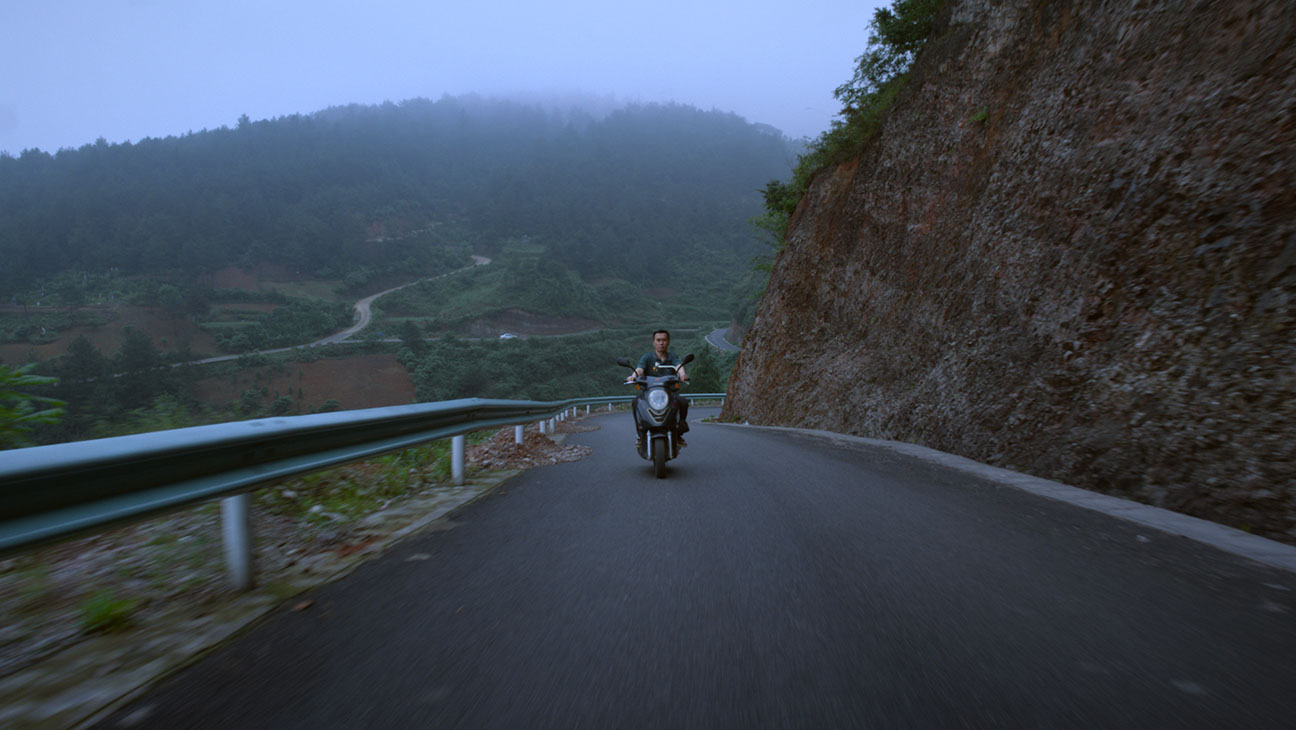
“Kaili Blues” is mystery, the blues, and a dream. The film has many Tarkovskian echoes, from slow tracking shots to close ups of faces, and a focus on memory, with the coexistence of past, present, and future.
It has an abstract intuition that reminds us of “Stalker”, although the mist might be closer to “Nostalghia”; while the rain and the green palette of the abandoned roads complete the references to Tarkovsky, the film also has the tender touch of Jim Jarmusch and Hou Hsiao Hsien, especially the film “Goodbye South Goodbye”, along with mystical visions of the jungle that draw from Weerasethakul.
The director takes his passion for long takes to extreme consequences with a 41-minute long take of the protagonist passing through a village. Every sequence is a development of a lyrical discourse that sees the film as a visual poem.
5. From What is Before (Lav Diaz, 2014)
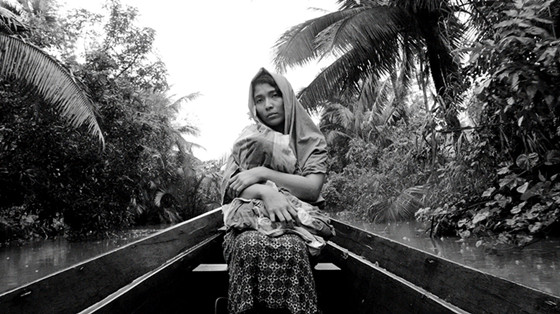
The Slow Cinema movement is the most spiritual of cinematic movements. In a film by Lav Diaz, the Divine is Cosmos, the Cosmos is Nature, and Nature is divine, and the endless takes are a medium through which humanity can recover his relationship with nature, with his deepest feelings.
Slow Cinema is close to the rationalist philosophy of Spinoza and the spirituality of religious thinkers, a cross between rationalism and pantheism. Diaz is not so much sculpting in time, but he is trying to sculpt time in its entirety.
Also, there is that sensation, typical of classic Russian cinema, of the collective epic, of being at the end of history, and of monumentality, a style that goes from novels (Pushkin, Dostoevsky, Tolstoy, Gogol) to cinema (Sergei Eisenstein, Dovzhenko, Tarkovsky). He uses the typical arthouse black and white aesthetic with strong contrasts that frame that point toward infinity.
In the scenes shot at the beach, near the ocean, Diaz achieves that transcendence, the meeting point between the human pain and the fury of the divine.
6. The Ascent (Larisa Shepitko, 1977)
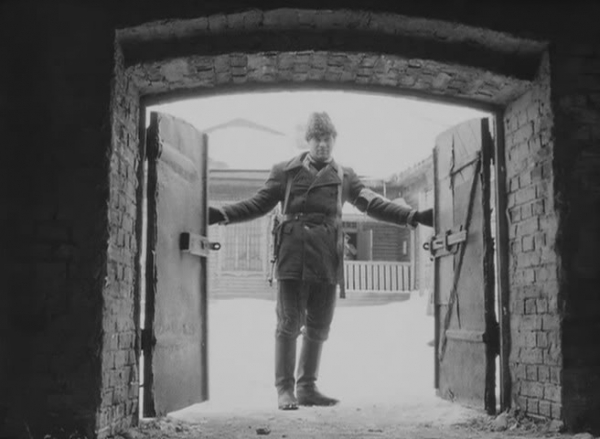
The closest inspiration for Larisa Shepitko’s “The Ascent” is the film “Ivan’s Childhood”, and the cinema of Kalatozov. She took the typical Soviet war melodrama, which was being implemented in Cuban cinema as well. Shepitko is unique in her capacity to make horror and beauty coexist, from the pure white snow vision of the flatlands that correspond to hell.
Shepitko also has a veneration for the snowy trees, the ghostly branches gently shook by the wind, a complicated allegory for the confusing nature of reality and the sense of inescapability of war. The theme of isolation is also masterfully explored.
The film is both full of despair and elevating and uplifting in its visuals, a companion piece to the brutal “Come and See” but with a much more polished and serene visual approach.
The main musical theme has echoes of the great Russian music, especially the Romantic era, and Shostakovich. Schnittke, with his music that also has echoes of Ligeti and Bartok, takes the reader into the atmosphere of purifying doom of the film.
7. Angel’s Egg (Mamoru Oshii, 1985)
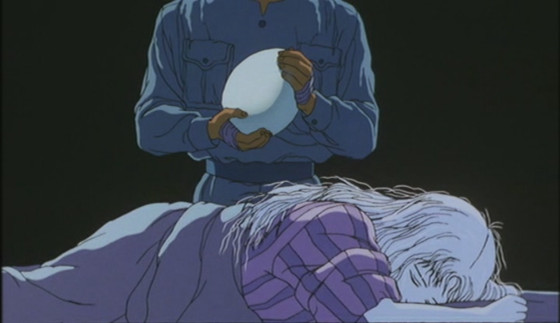
One of the greatest visual tributes to Tarkovsky came from this arthouse Japanese animated film, which put together the direction of Mamoru Oshii and the artistic sensibility of Yoshitaka Amano. Oshii collected all of his main influences of the time, the metaphysical paintings of De Chirico, the surrealism of Dalì, the style of Giger, and of course “Stalker” and “Solaris”, and made this meditative, rarefied animation that will differ from almost all his successive work.
His cyberpunk aesthetics are partially abandoned in favor of a style that plays with the post-apocalyptic genre, with a remarkably allegorical style and religious metaphors.
The ending, with the camera levitating toward the infinite, is one of the greatest Tarkovskian moments in cinema, with the camera slowly elevating towards salvation, toward the mystery and maybe a new world, accompanied by a glorious soundtrack and then a delicate piano interlude as the credits starts. Perhaps it’s a touch of melancholy, of sadness, of uncertainty for the destiny of the world and its inhabitants.
8. Kasaba (Nuri Bilge Ceylan, 1997)
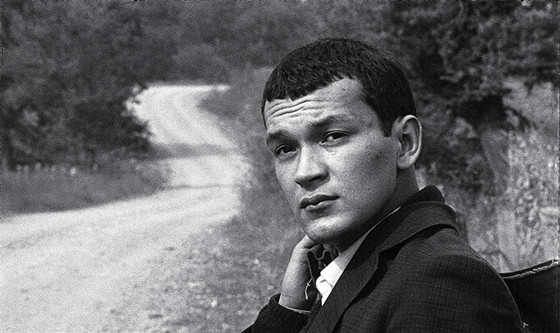
Along with Reygadas, Nuri Bilge Ceylan is the greatest director of the modern age who has Tarkovsky as a major influence. Ceylan is so enamored with the Russian filmmaker that he even directly showed a brief segment from “Stalker” in his film “Uzak”.
Despite the fact that all the Turkish director’s films are somewhat inspired by the great Russian, “Kasaba” is particularly striking because of its black and white cinematography, and the story of a small village that brings back “Ivan’s Childhood” and “Andrei Rublev”.
Ceylan is a master of the long take, and in this film he uses traditional music to suggest the theme of transcendence, although he is more interested in elegiac tones and realism, bringing to mind filmmakers like Bresson or Parajanov. His lyrical sensibility is rooted in a mostly tender and intimate realism that echoes New Romanian Cinema, among other modern references.
His camera work is more static and more neorealist, but he has indeed poetic intent, and means to achieve this intent through the meditations on nature, time, snow, the sky, and the faces of the modest people of his country.
9. Institute Benjamenta (Brothers Quay, 1995)
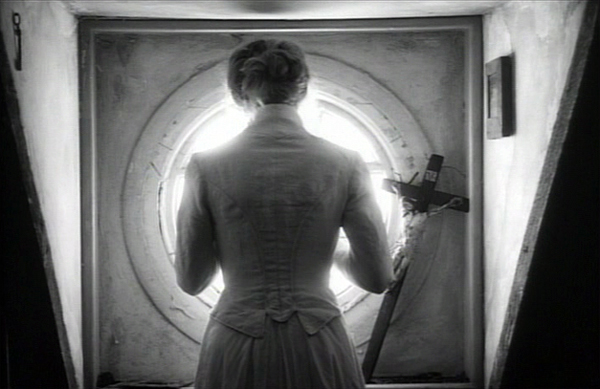
This dream we call human life. Ingmar Bergman was one of the people who said that Tarkovsky sees life as a reflection and a dream, and the title chosen by the Brothers Quay reminds us of just that. The Brothers Quay are some of the most metaphysical directors who ever lived, but their philosophic tendencies are expressed in a way that is more playful and more irregularly toned than the films of the great Russian master.
There are certainly influences from Man Ray, Bunuel, David Lynch and others, but some elements, some camera movements, the choice of music, and the faces of the actors that appear to belong to the common folk and hold this image of sufferings in their eyes, are definitely Tarkovskian.
There is also a religious element, which often gives dialogues more profane imagery. Confronted with the shorts from the same directors, the visual madness and the fast pace are definitely abandoned in favor of a more frugal approach to the scenery and reflective pace, and the black and white cinematography gives the film the tone of a lost testimony.
Aural sequences and disturbing expressionist furors come to coexist efficiently, especially in the scenes of the masculine chorus of the shadowy figures. We see the contrast of these soaring voices and harmonies with disturbing close-ups of pointy objects, bloody hands, and the terrorized face of the female protagonist, and it’s a moment of twisted magnificence.
10. The Intruder (Claire Denis, 2004)
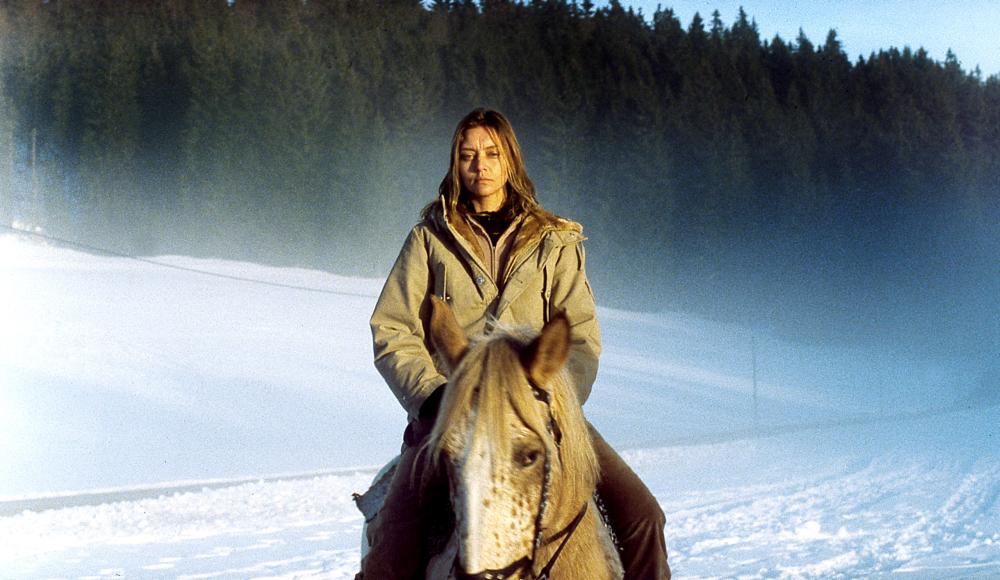
Visually, Claire Denis is much different from Tarkovsky: her films are grungy, she uses a lot of handheld cameras and close-ups, and her main influence is Yasujiro Ozu, as she is interested in family dynamics and also post-colonialism in various forms.
In this film, though, the theme of life remembered is vastly important, as it was in “Mirror”, as Denis orchestrates the notions of time and space, blurring the differences, and veering towards the psychotic and the abstract.
In one of the most compelling scenes, two horses, a snowy mountain, and a frozen corpse all can be perceived as reminiscent of Russian cinema, and at the end of that sequence, we see the protagonist lying in his bed in darkness, and then a curtain that lets in a mysterious white light, and then a cross, a reflection on dreams and salvation, faith, redemption, and guilt, all in a few seconds. It is Tarkovskian to its core.